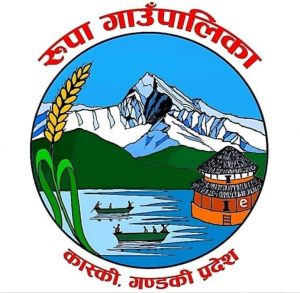- Home
- About
- Projects
- Publication
- Collaboration
- Team
- Get Involved
- Covid Help
- Donate Now
Helmet Doctor Project was launched with idea based on reduction of the referral of the patient to the higher center. Such situation was based on the fact that the pandemic of COVID 19 demands reduced movements of people. The approach to basic medical needs launched by the Government of Nepal was already in place mostly dominated by vocational trainers in medical field. In such condition medical doctors graduated with a medical degree was sought to be effective. The local collaborators had duty to combat the pandemic as well as to upgrade medical facility to the local community so as to decentralize basic medical needs. During these period the local collaborators has done remarkable job in managing the COVID 19 cases along with changes to upgrade local health facility.
The specific objectives at the start of the program are
Rupakot Gaunpalika is the project area, located in central-west part of Nepal. This Gaunpalika is situated near to Pokhara city in average 30 km distance. It has population of 22,000 and serves the basic medical needs to the public via health posts. It has hilly terrain and roads are under construction.
| S.N | Title |
|---|---|
| 1 | We are able to monitor the COVID 19 cases, asymptomatic cases with in the vicinity |
| 2 | There are no COVID 19 cases with in the Gaunpalika at this moment (based on PCR done in Nepal). |
| 3 | The Government of Nepal sanctioned permission to the Gaunpalika to run 15 bedded hospital with in the Gaunpalika. |
| 4 | The constructions for Pharmacy, Canteen, and quarters for staffs are undergoing |
| 5 | Bids to buy X-ray machine, portable ultrasonography, and laboratory instruments to upgrade the investigations facility are under process. Focus on investigations was important to reduce the un-necessary referrals for investigations like cultures, blood work, x-rays. Present facility is not sufficient to hold the unnecessary referrals. |
| 6 | Ambulance service has been started under the Gaunpalika |
| 7 | The Government allocated two MBBS doctors in the present situation with in Gaunpalika. |
| 8 | Transportation of the medicine to local community |
| 9 | The outreach clinics has been expanded from a single ward to most population catchment areas. Currently the government doctors work in hospital building site while helmet doctor runs clinics in five different wards based on the catchment area. |
The program Helmet Doctor Project started as a COVID 19 response. But the term helmet has to be more than what it seems as a pandemic response. The name helmet denotes the difficult terrain and poor developmental indicators in health approach to the public. Medical doctors with some extra skills can bring a lot of impact to the local community. But only a face of medical graduate is not enough to improvise the referral system with in the local community and centralized health care. The doctors has to depend on the evidence based facts. Simple problems with antenatal scan, urine cultures, important blood works, X-ray, will be effective to control more than 95% of cases. Some perspectives how the project should move further has been listed below,
2, 3 and 4th points should be carried out by the independent health facility.
The only benefit of the project is that it replaces the vocationally trained health workers by the medical graduates in the decision making regarding the referral of the patients. The vocationally trained personnel has specific jobs allocated by the government of Nepal. Due to poor development of roads, travel and in addition to the pandemic situation has demanded medical graduate to work in remote areas. While the numbers of the medical graduates are increasing, this project should have long term vision to help upgrading the local health facility in addition to the government efforts. The project area will be independent on their own when government will provide medical graduates in these areas. While the helmet doctor concept can provide accelerant to make more remote areas independent.

